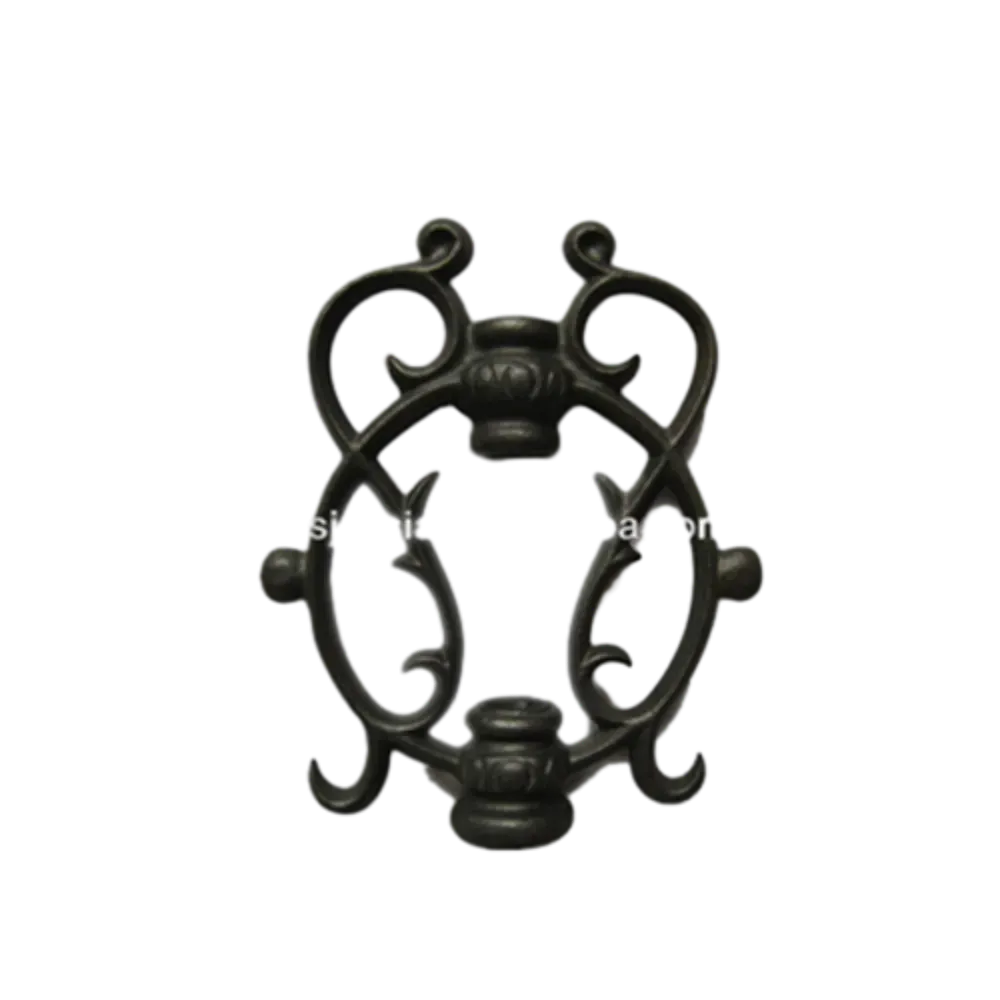Cast Iron Collars and Bushings for Durable Mechanical Applications
Cast Iron Collars and Bushes A Comprehensive Overview
Cast iron has long been a staple material in various engineering applications, prized for its excellent mechanical properties and durability. Among the numerous components manufactured from cast iron, collars and bushes play crucial roles in diverse industries, including automotive, construction, and machinery. This article delves into the significance, manufacturing processes, applications, and advantages of cast iron collars and bushes.
Understanding Cast Iron Collars and Bushes
Collars are typically circular or ring-shaped components that serve to secure or position other mechanical parts. They can be utilized in a variety of contexts, such as providing a bearing surface or acting as a coupling element. Bushes, on the other hand, are cylindrical components that are often used as inserts in various assemblies. They can reduce friction between moving parts, enhance wear resistance, and provide a smooth surface for rotating components.
The use of cast iron for these components is driven by its excellent strength, stability, and resistance to wear. The material demonstrates superior performance under high loads and harsh conditions, making it an ideal choice for high-stress environments.
Manufacturing Process
Producing cast iron collars and bushes involves several steps, starting with the selection of the appropriate cast iron alloy. Common grades include gray cast iron and ductile iron, each offering different mechanical properties to suit specific applications.
1. Pattern Making A mold is created using a pattern made from either wood or metal. This pattern must account for any shrinkage that occurs during the cooling process.
2. Melting and Pouring The chosen cast iron alloy is melted in a furnace and poured into the mold. This requires precision to ensure that the molten metal fills every cavity properly.
3. Cooling and Solidification After pouring, the metal is allowed to cool and solidify. Once cooled, the mold is removed, revealing the rough castings of the collars and bushes.
4. Machining The cast products are often subjected to machining processes such as turning, drilling, or grinding to achieve the desired dimensions and surface finish.
Applications in Industry
cast iron collars and bushes

Cast iron collars and bushes are used across various sectors for their unique properties. In the automotive industry, they are commonly found in engine assemblies, transmission systems, and suspension components. Their ability to withstand high temperatures and pressures makes them suitable for critical components such as bearings and housing.
In construction, these components are essential in heavy machinery, ensuring the efficient functioning of machines like excavators, cranes, and bulldozers. Their durability under constant wear and their ability to withstand heavy loads contribute significantly to the longevity and reliability of construction equipment.
Moreover, in the manufacturing sector, cast iron collars and bushes are applied in conveyor systems, packaging machines, and processing equipment, where robust and resilient components are necessary to maintain operational efficiency.
Advantages of Cast Iron Collars and Bushes
There are several advantages to using cast iron for collars and bushes
1. Strength and Durability Cast iron is known for its exceptional strength, making it suitable for high-load applications.
2. Wear Resistance The material's natural hardness contributes to its wear resistance, ensuring longevity even in abrasive conditions.
3. Cost-Effectiveness Cast iron manufacturing is often more economical compared to other materials, leading to reduced production costs for various components.
4. Damping Properties Cast iron has excellent vibration damping characteristics, which can help minimize noise and wear in mechanical systems.
5. Versatility The adaptability of cast iron allows for the production of components in various shapes and sizes to meet specific engineering requirements.
Conclusion
Cast iron collars and bushes are foundational components in many industrial applications, owing to their strength, durability, and cost-effectiveness. As manufacturing processes continue to evolve, the demand for high-quality, reliable materials like cast iron remains essential in supporting industrial innovation and efficiency. Understanding the significance of these components can lead to better design and application of engineering solutions across various sectors, ensuring a robust and effective mechanical framework for future advancements.
-
Wrought Iron Components: Timeless Elegance and Structural StrengthNewsJul.28,2025
-
Window Hardware Essentials: Rollers, Handles, and Locking SolutionsNewsJul.28,2025
-
Small Agricultural Processing Machines: Corn Threshers, Cassava Chippers, Grain Peelers & Chaff CuttersNewsJul.28,2025
-
Sliding Rollers: Smooth, Silent, and Built to LastNewsJul.28,2025
-
Cast Iron Stoves: Timeless Heating with Modern EfficiencyNewsJul.28,2025
-
Cast Iron Pipe and Fitting: Durable, Fire-Resistant Solutions for Plumbing and DrainageNewsJul.28,2025
-
 Wrought Iron Components: Timeless Elegance and Structural StrengthJul-28-2025Wrought Iron Components: Timeless Elegance and Structural Strength
Wrought Iron Components: Timeless Elegance and Structural StrengthJul-28-2025Wrought Iron Components: Timeless Elegance and Structural Strength -
 Window Hardware Essentials: Rollers, Handles, and Locking SolutionsJul-28-2025Window Hardware Essentials: Rollers, Handles, and Locking Solutions
Window Hardware Essentials: Rollers, Handles, and Locking SolutionsJul-28-2025Window Hardware Essentials: Rollers, Handles, and Locking Solutions -
 Small Agricultural Processing Machines: Corn Threshers, Cassava Chippers, Grain Peelers & Chaff CuttersJul-28-2025Small Agricultural Processing Machines: Corn Threshers, Cassava Chippers, Grain Peelers & Chaff Cutters
Small Agricultural Processing Machines: Corn Threshers, Cassava Chippers, Grain Peelers & Chaff CuttersJul-28-2025Small Agricultural Processing Machines: Corn Threshers, Cassava Chippers, Grain Peelers & Chaff Cutters












